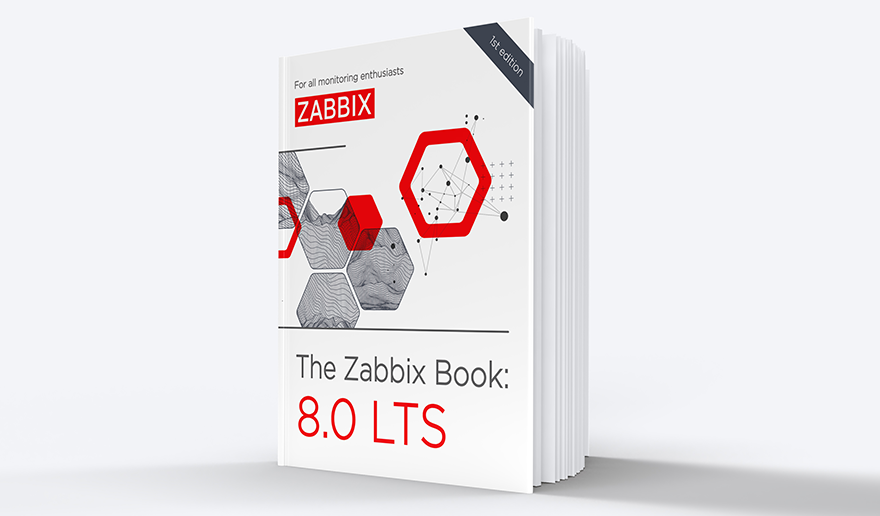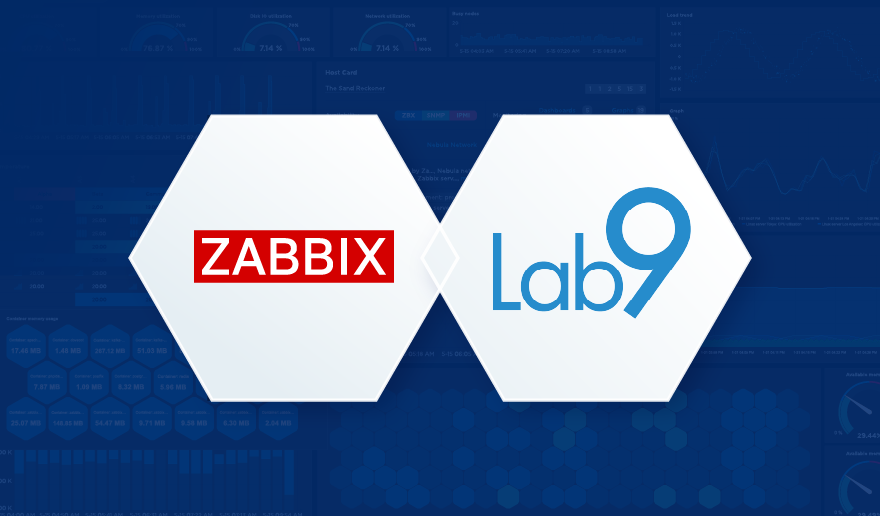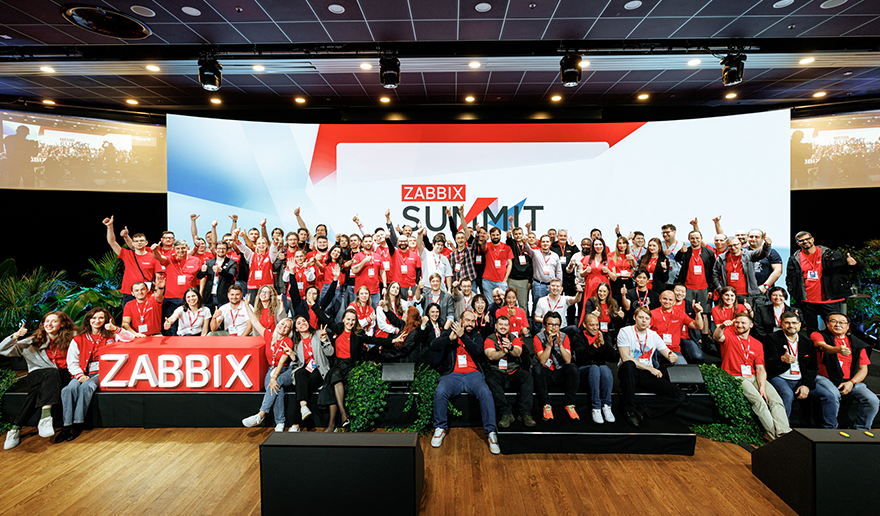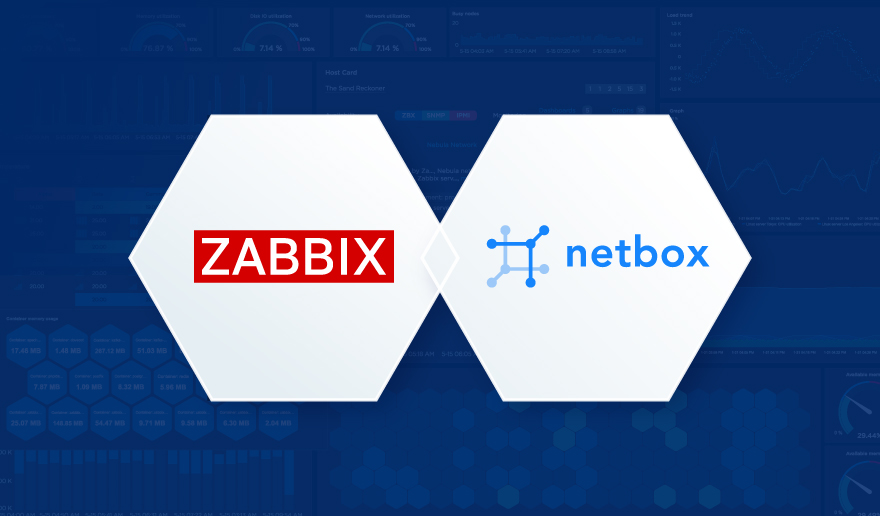For those of you who know me, this should not come as a surprise: I absolutely love Zabbix. It gives me the ultimate freedom to monitor whatever I need to monitor and is flexible enough to be able to monitor absolutely everything you can imagine. It’s free, it’s open-source, and scales to whatever needs you might have.
What does a monitoring nerd who is a technical lead for monitoring in a global cyber security company do during his downtime? That’s a silly question, mind you. Of course, he monitors his home with a home Zabbix instance.
Temperatures at our home, measured by Cozify, data collected by Zabbix
Table of Contents
Hello, Cozify
We have had a Cozify home automation system in our household since 2017. It is a nice central hub that supports IoT devices from a plethora of vendors and a vast selection of device categories, ranging from Philips Hue lights to motion sensors to cameras to fire alarm systems. You can then configure actions on some other device based on actions on one device: for example, turn on a light if a motion sensor detects movement.
Cozify is a very capable device, but where it definitely lacks is monitoring and analytics about what’s going on underneath.
As a monitoring addict, that is something I simply cannot stand.
Let’s build a bridge between Cozify and Zabbix
Someone has built an unofficial Python library for communicating with Cozify API. The library is a bit limited in functionality, the most limiting factor being that it only supports read-only operations. However, for my monitoring purposes, that does not matter, as I anyway need to read data.
For my initial testing purposes, I wrote a couple of small Python scripts to gather temperature and humidity data from our temperature sensors, and one script to monitor the general availability of the different IoT devices we have around. The scripts are run from cron every five minutes, and the results are written to text files that Zabbix reads. Zabbix has master items for temperature, humidity and reachability files, and using the dependent items, it can populate the data for all the 40+ data points I have now using just three polls.
Benefits of such project
Other than the cool geek factor, what’s the benefit of monitoring your home IoT hub? There’s plenty!
- I get to learn all kinds of patterns about our home status: temperatures, reliability of individual devices, and the amount of time any device has been on/off
- I get notified immediately if a critical device, like a smoke alarm, does not function properly
- I get notified if the battery level on any battery-operated IoT device is getting low and can react before a device dies
- I can follow how quickly the battery is draining on some device
Still for me to do
The current implementation is way too manual. It would be possible to utilize Zabbix low-level discovery to parse the JSON received from Cozify, but if I just dump everything from it, it contains all the possible device categories with different parameters: Philips Hue lights do report everything from their current brightness/color settings to if their firmware has been upgraded, and then the temperature or motion sensors do report back completely different set of data. That makes creating the monitored items automatically in a sane way a bit difficult.
So, I need to think a bit and figure out how to make my Cozify template more automatic.
I also need to set up a home Grafana instance speaking to Zabbix. Zabbix is excellent at collecting the monitoring data and sending out alerts, but Grafana is the perfect partner for Zabbix to do all the analytics and eye candy.
I have 20+ years of sysadmin/monitoring experience. Forcepoint has been my landing spot since 2014, and there I have been a monitoring technical lead since 2016. Everything Linux/FreeBSD, Zabbix, Grafana and open source in general is close to my heart. So close, in fact, that monitoring is also my hobby and I do weird experiments with Zabbix & Grafana at home. — Janne Pikkarainen
This post was originally published on the author’s LinkedIn account.










 Prev Post
Prev Post 




